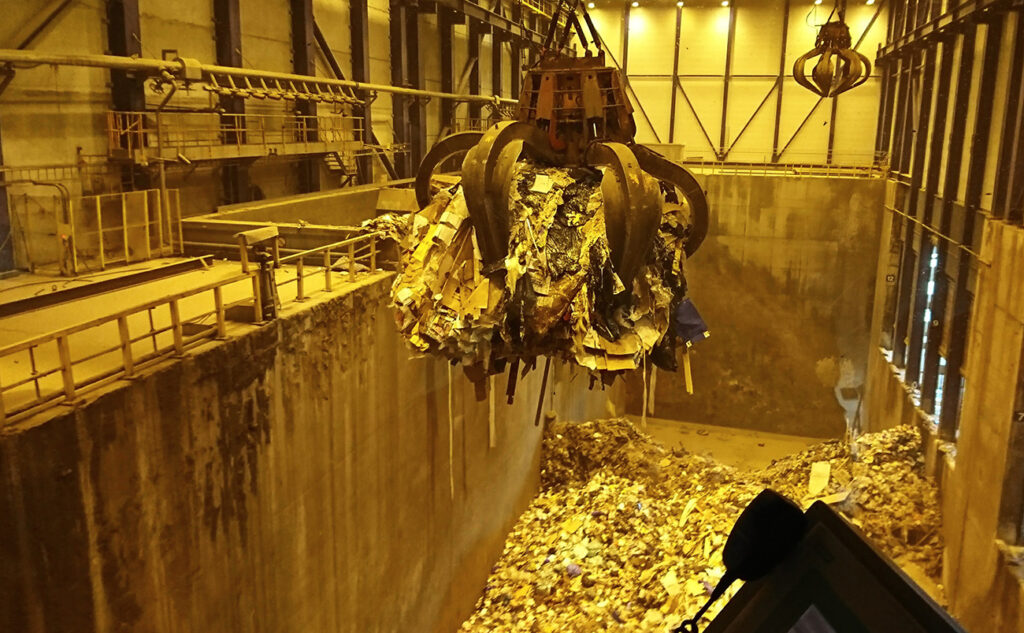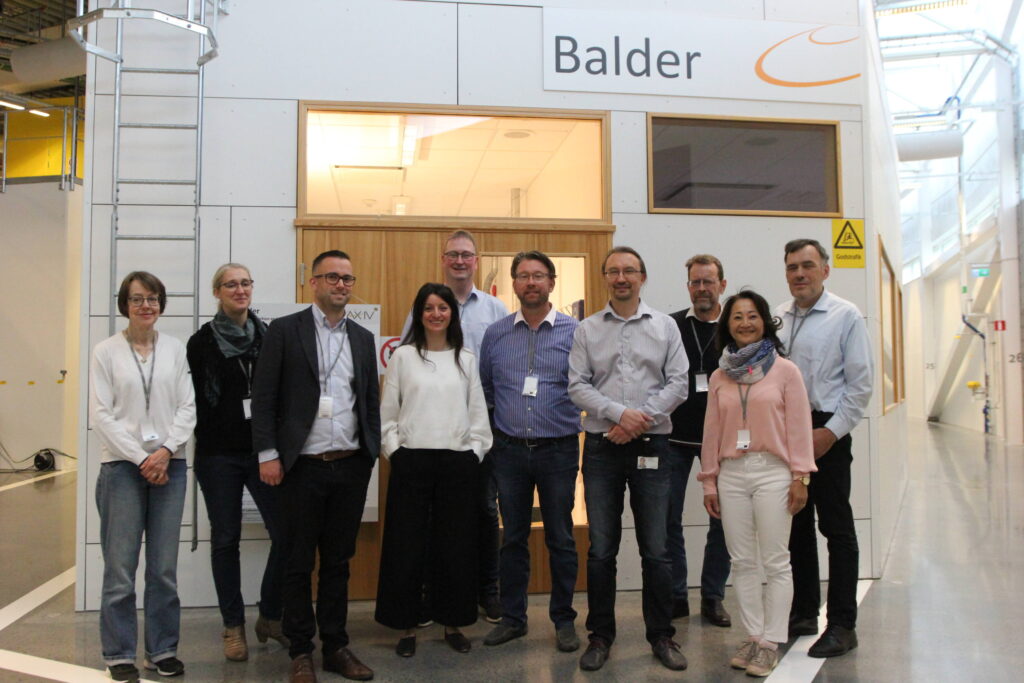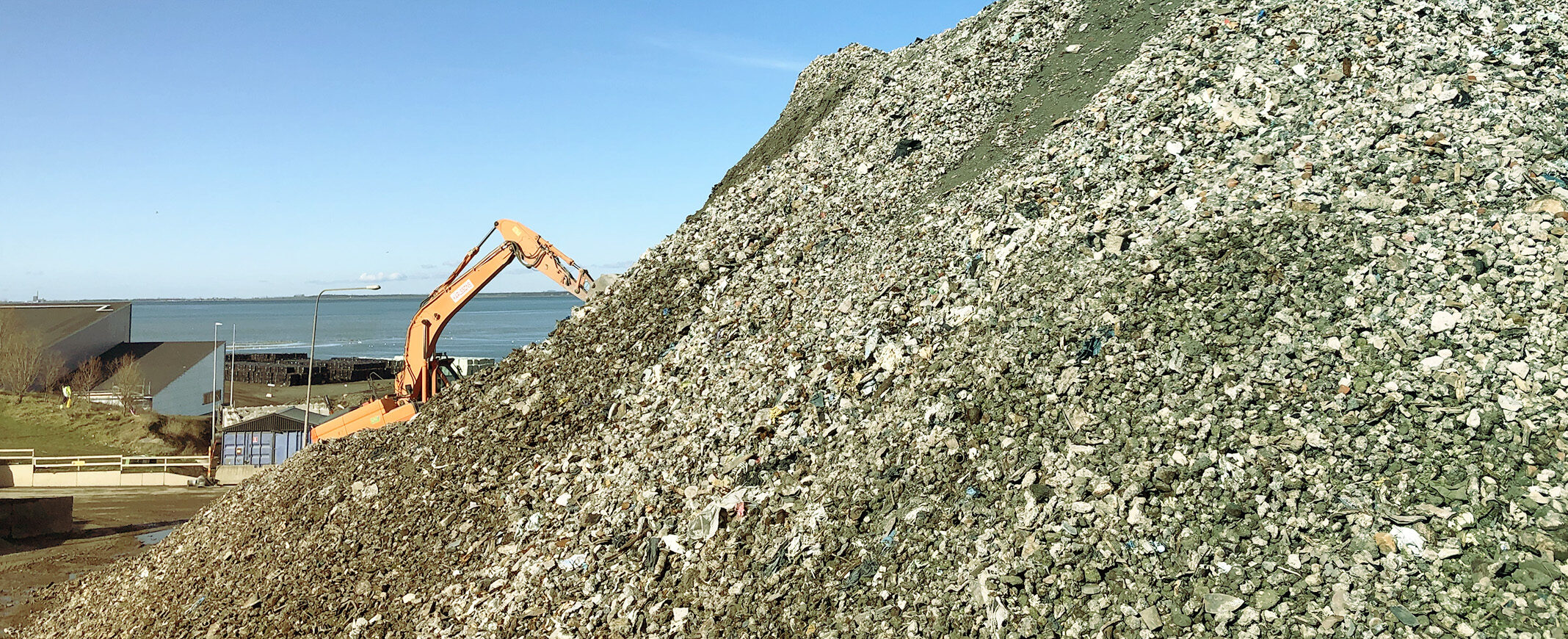Send us your feedback
Here you can send us feedback on the Maxess-website. Please describe the problem or what’s missing in a clear way, and on what page you found the issue. Thank you so much for your help!
X-rays can help stop wasting waste
Waste incineration companies working together with RISE investigated the use of synchrotron X-rays to identify nontoxic bottom ash from waste incineration that can be used as ground construction material.
Bottom ash from waste incineration
In Sweden, household and commercial waste that cannot be reused or recycled is incinerated, resulting in energy recovery and the generation of streams of fly ash and bottom ash as by-products. While fly ash is often put to landfills, bottom ash possesses excellent properties as ground construction material such as for building roads. However, in order to give it a new purpose, bottom ash must be classified as non-ecotoxic and not posing any environmental threat. Synchrotron light can help to develop a reliable method for identifying nontoxic ash and create a value for this by-product in a circular economy approach.
Good for our planet
Ash from incineration has an exceptionally complex composition matrix, which makes it challenging to identify potential toxic chemical forms. Currently, when a batch of bottom ash cannot be declared safe, it is considered toxic and put to landfills. The development of reliable, efficient, and standardised methods for characterising ash ecotoxicity would increase the use of bottom ash as secondary raw material and reduce human impact on our planet.

A reference library for toxicity investigation
Given the complex nature of bottom ash, advanced techniques like those available at MAX IV must be used in order to identify and qualify the presence of the ecotoxic chemical forms of some elements such as Cu and Zn. In this study, researchers from RISE in collaboration with the companies E.ON, Fortum Waste Solutions AB, NOAH AS, Sysav Utveckling AB, and STENA Recycling AB showed that synchrotron light could be employed to develop a reliable method for the identification of ecotoxic forms in the ash. Using XANES (X-ray absorption near edge structure) at the Balder beamline at MAX IV, scientists analysed samples from five different waste management facilities in Sweden, focusing on the chemical characterisation of copper, zinc, and lead, three elements known to be ecotoxic in some or all their chemical forms.
The project gave an initial contribution to the creation of an open-source library of reference materials for determining chemical speciation in ash. The completion of this library simplifies the process of identification of nontoxic ash and prevents it from being wasted.

Contact Partners
Case Details
Fortum Waste Solutions AB, E.ON, NOAH AS, Sysav Utveckling AB, and STENA Recycling AB
BalderLSRI-initiative at RISE



